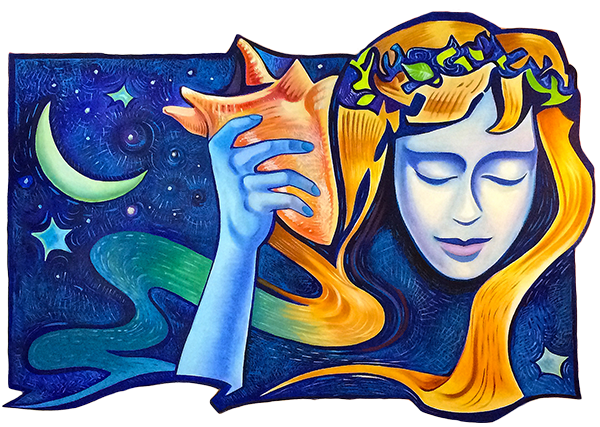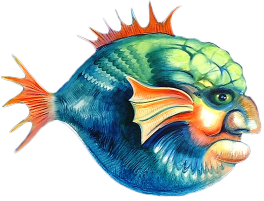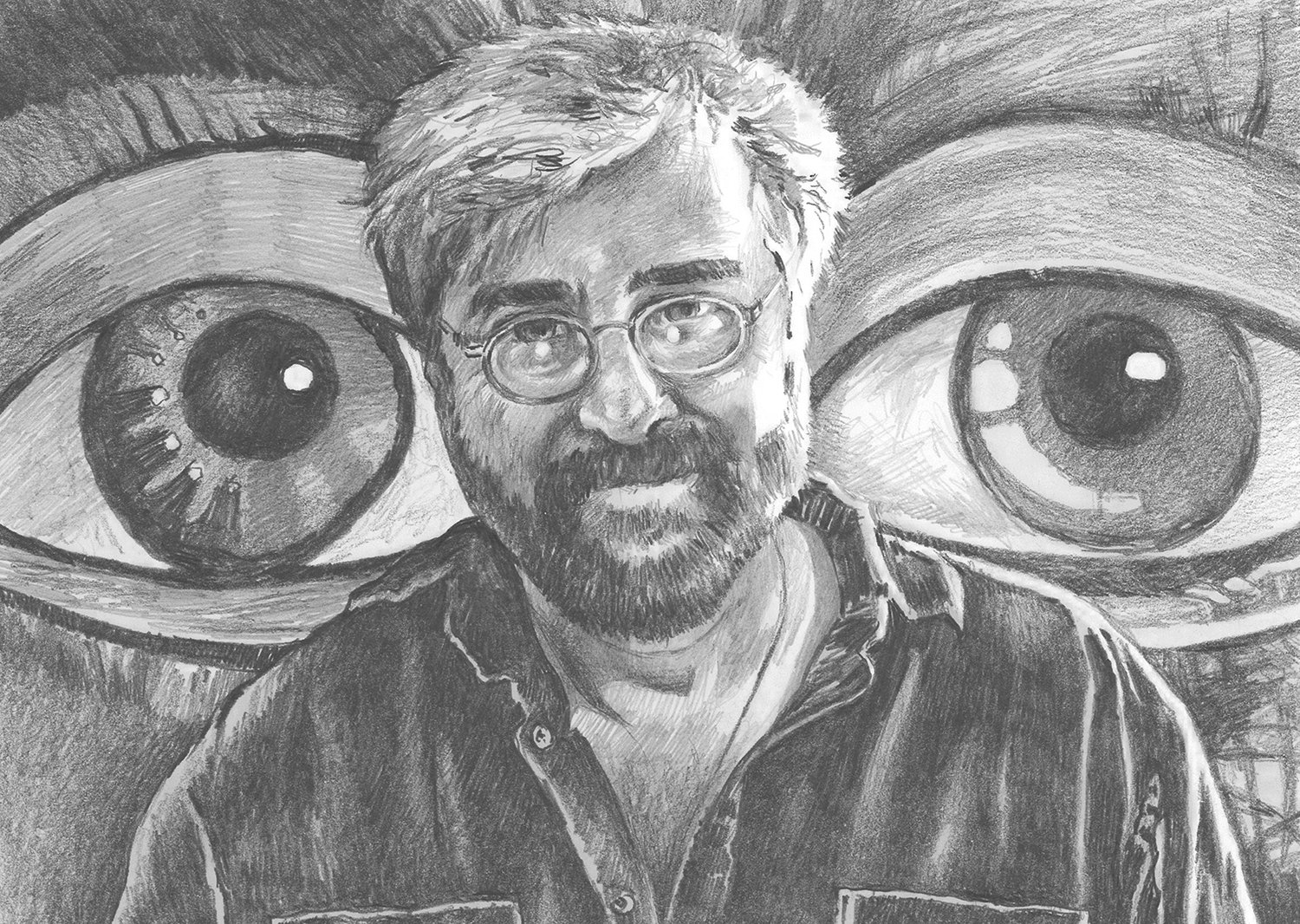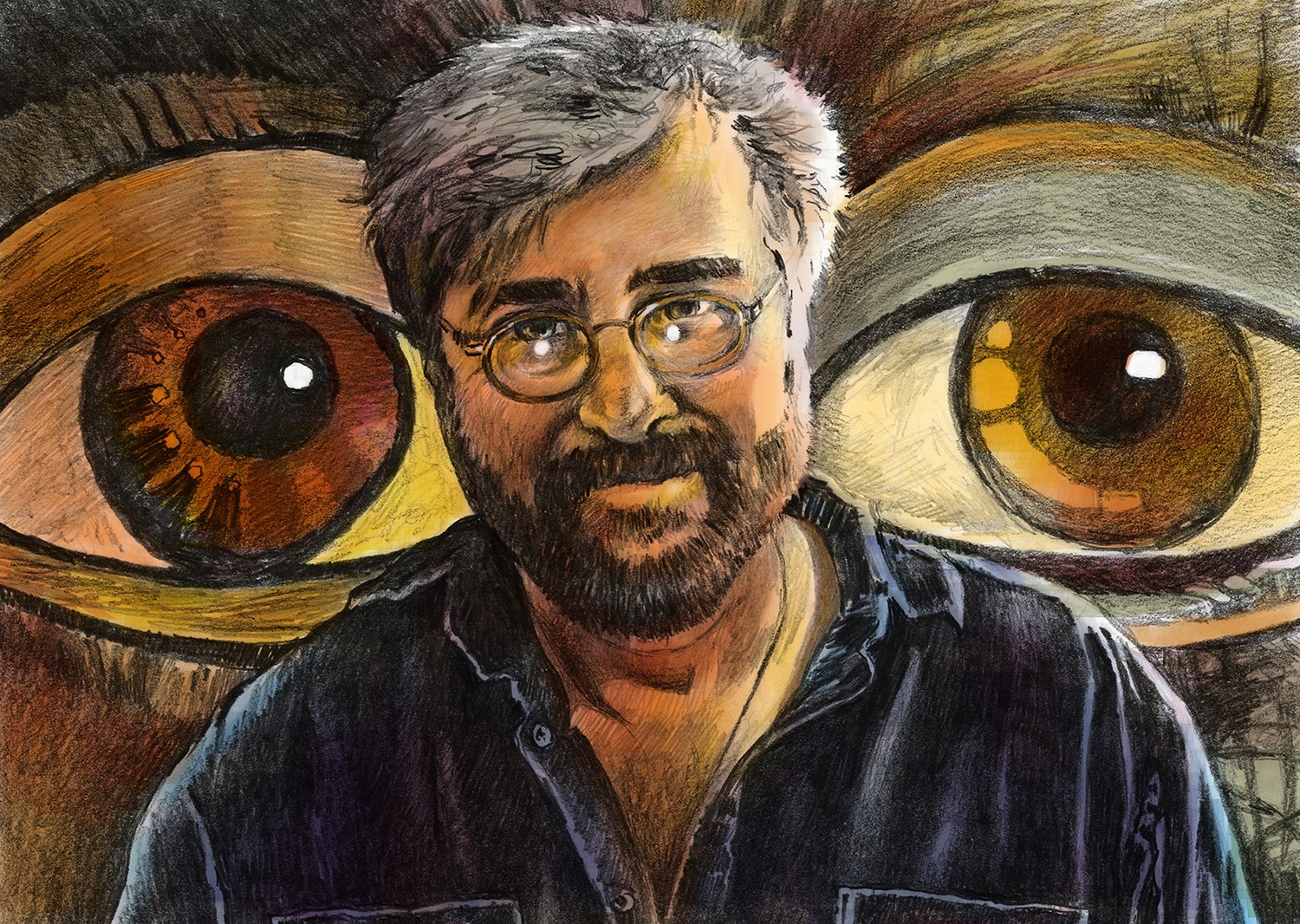About my works

To date, I have created a few thousand pieces of art; paintings, drawings, illustrations, prints, and some sculptures.
I grew up in a small town named Hawthorne, just a few miles from the Los Angeles Airport in Southern California. Aside from the influence and inspiration of four important people throughout my life, I am self-taught. My father and mother were artists. As a young boy, as early as I could remember, the smell of fresh oils on canvas was present in our home. Drawing pencils worn to the nub, erasers and drawing tablets filled our humble dwelling.
When I was about thirteen, my parents separated. I went to live with my father and a family friend who roomed with my father named Markel Carruthers. Carruthers was a poet, writer, author and artist. Although I was a natural artist, and possessed above average drawing skills, Carruthers helped me accelerate and enhance my drawing skills by providing me with invaluable critiques of my work, and sharing with me his knowledge of draftsmanship and detail. Although I would know him for just a handful of precious years due to his untimely death from drug and alcohol abuse, I will always be grateful to him for what he taught me. Aside from the hours he devoted to the development towards my draftsmanship; we spent hours discussing classical literature, philosophy and metaphysics. I miss his companionship and our discussions even today.
The person most formally trained, and who taught me more about art, particularly of painting and the love of art, was my high school art teacher, Clayton S. Williams from Hawthorne High School where I attended. Williams taught me the fundamentals of painting in tempera, and how to mix and apply colors. Mr. Williams used to recite to his students his simple, but eloquent definition of art, which was “With particular regard to painting and drawing, art is a visual language.” My more than 50 years now in art has convinced me that Clayton Williams is right. And “visual language” is simply communication.
Throughout my very long career, art marketing experts have told me that “beauty” will always sell. However, the first concern of a “true” artist is not to sell a work, but it is to communicate an idea or revelation. Artists will create beautiful objects and subject matter now and then, but drawing beautiful things have never motivated me to make art, and I suspect this is true for other artists. Communicating an idea, a concept, a moral, a philosophy; all of these things, or some of these things in one work, does motivate me, and drive my purpose in art.
I have always believed that I create art to share with others at this moment what it is I see, and how I interpret the world around a given subject, while instilling in my work a mild suggestion or hint of what I might think about it, or at this moment a bit of how I think something ought to be. Of course, I do this only to provoke thought and critical thinking about a subject. The meanings in my works are usually structured within the friendly guides of invitation and openness. The viewer does not have to share my particular view or perspective of my presentation; my work is conceptual, and merely a simple idea to consider. I believe sincere and legitimate works of art to be ideas purposefully tossed into creative arenas for thought and consideration. Given that art is communication, I am not offended if my works are misunderstood. Communications are subject to change, and therefore, so is art.
Sometimes the style I choose for a work is direct and clear, while other times it is indirect with the use of symbols and graphic devices. The process of making art has always intrigued me; I have never been able to resist the freedom which the creative process delivers to my soul; freedom to choose colors and materials, and freedom to express anything which comes to mind.
Through the years, I have read and heard it said by serious artists that we love to make art because it is the nearest way possible for us to understand what it must feel like to be God. And I think there is some truth to this theory. Perhaps the reason that free-style painting is so completely satisfying to me is because it allows for the momentary pretense, if only imagined, for one to be God-like; that is, in as much as both God and a natural artists possess the ability to create something from nothing. And of course, this may just be the source of the too familiar bellowing artist ego!
Bridging two paths

Most people don't know what they want to be when they grow up. In fact, many people if not most, can't figure out what they are going to want to do for a living when they are in college; and some people graduate with a general degree in something, still not knowing what they want to do professionally after graduating.
I, however, have known I wanted to be a professional artist since age 12. Nothing was even a close second. I was what used to be termed as a “natural artist”. Everything about me has in some way or another revolved around “art”. So, literally, as the earth and all the planets revolve around the sun, I live to revolve around my sun, which is art!
The problem is however, how does a “natural” driven artist survive making art? This, website reveals to you how I did it. In the modern world, unless you have a really rich friend who believes in you, such as Pablo Picasso's good friend and well-healed patron, Gertrude Stein, you have no hope of making a living painting, let alone prospering as a painter.
I came from very modest means, and no scholarships were offered to me. I therefore had few options to jump-start my career in art. In fact, most people at the time would tell you that you're foolish if you are serious about making a living as an artist. My grandfather saw some of my sketches when I was a boy, and he was impressed. But I was short, and he thought I should grow up and be a jockey; he just could not see me doing well as an artist, and therefore thought I should cash in on the possibility that I may be “vertically challenged” in adulthood.
So what does a striving artist do to keep his dream alive? The obvious answer for me was to bridge my way to the world of fine art by trying the commercial path. Commercial art would after all be the very closest thing to my fist desire. So during the summer before my senior year in high school, I applied for a job as a production artist with a company called Spectrum Industries, near the L.A. Airport. I brought with me to the interview a folder of art samples. I was hired on the spot. The job required painting female nudes on two-foot (high) by four-foot (wide) horizontal pre-silk-screened black masonite panels. A general flesh colored pattern was screened where the subject would be positioned on the board. My job was to shade and paint in acrylics a naked woman over the flesh pattern, blend my paintwork into the velvety black background, and paint my subject in full color, complete in her see-through boudoir gown. These works were sold to hotels across the U.S. and abroad. I was paid by the finished piece. Each piece took me precisely one hour. My hourly rate was six dollars; therefore, I made six dollars per hour.
My experience working at Spectrum Industries that summer in 1970 made me aware of the possibilities of earning a living in commercial art, which might provide me with a living, and give me the ability to create fine art in any extra free time I could manage. Soon after, I learned to create engineering drawings for aeronautics companies, I learned how to be a professional sign painter, I became a commercial artist, an illustrator and a graphic designer. In the remaining hours I drew, drew and drew, and I painted, painted and painted. I never stopped, and my inventory of fine art works grew.
I have provided this background to explain why the images on this site are categorized and organized as they are. My working life in art is and has been about visual communication, which applies to both my fine arts as well as my commercial works. On my journey, I found the means and a way to hold onto and maintain my dream of being an artist, and I have done it on my own. I mention this only to encourage others who might wish to follow down the path I chose. No doubt, it is a long, tough and egregious journey; nevertheless, I have proven, it can be done if you desire to achieve it. The key for it to have happened for me was to understand just how fine art relates to commercial art. So what's the link? They each share the same purpose. But exactly what is that purpose? It is to “communicate”. I believe that if an artist turns his or her nose away from commercial work for political reasons, such as the distaste of capitalism and monetary compensation, or other such as irrationalities, an artist will do himself an enormous disservice, while stunting his creative growth and future success. Sadly, higher education encourages art students to look down on making art for a living. Too many encourage the “starving artist” approach; in other words, be an honorable loser, stay pure and poor! However, art giants such as Pablo Picasso did not see it that way, and found no honor, nor dignity in turning down the millions for his works. Nor did his marketer approach discourage fine art professors from bringing their classes to metropolitan art museums all over the world to see and pay homage his esteemed works!
I for one, have always believed that too much politics destroys the creative process. Is it required after all, that an honest artist destroys and dismantles certain topics and subjects in order for his viewers to respect him and his works? These are fine lines to consider in the making of art. Still, there are countless ways to reveal and communicate in art, and the very best, most sophisticated methods of telling a story on canvas seem to be executed in calculated nuances and details of powerful expression. After all, do not the best works of art leave a detail or two for the viewer to discover, such as “what does her smile mean?”



